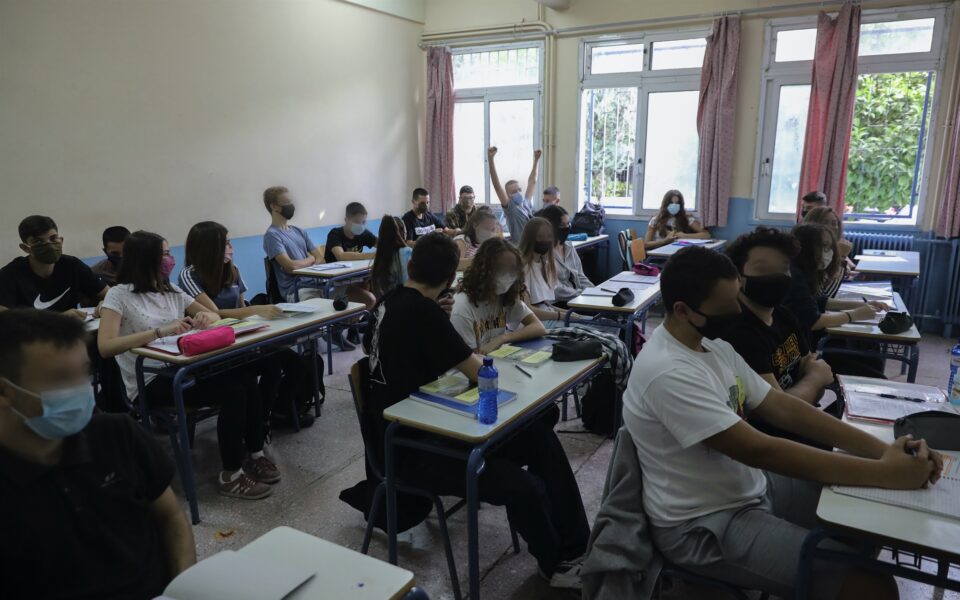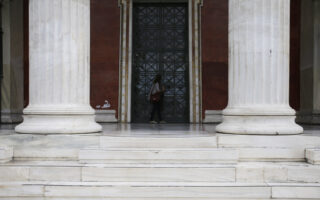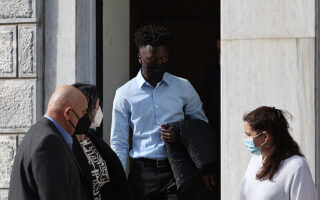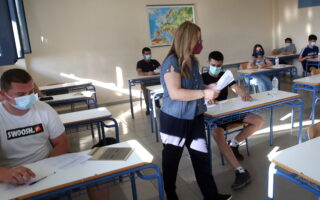Our public schools area mirror of society

I happened to visit quite a few public schools during the lockdowns and, as I had expected, the impression they made was mostly negative. With few exceptions, most of the schools were simply depressing: poorly planned, poorly built and poorly maintained. They made me feel ashamed. The recent death of an 11-year-old pupil in Serres, northern Greece, from the explosion of a badly maintained heating system, was an extreme manifestation of a broader problem.
Responsibility for school infrastructure has rested with the local authorities since 1990 and as in so many other areas, they fell short. A lack of funding is the usual excuse. If only it was just about money. Yet even the new schools are disappointing. The public company that builds them claims on its website to strive to provide “pioneering and innovative public buildings,” yet there is absolutely nothing inspiring about the boring, stolid structures it depicts.
This wasn’t always the case. Rural mountain villages are full of beautiful schools made of stone and often bequeathed by local benefactors. In the period from 1929 to 1932, meanwhile, the state commissioned visionary architects who gave us dozens of amazing schools. They were cutting-edge at the time and are still admired for their esthetic and functional appeal. Greece may have been much poorer at the time, but it was also much more ambitious and bold.
How hard is it to visualize and carry out a plan for innovative, functional and well-designed schools with the help of all the many talented young architects we have?
There is no doubt that the space in which education happens plays a role in its quality. Numerous studies have shown that the influences children receive early on in life have multiplier effects. The school environment has a similar effect on the effectiveness of the educational process and in shaping the children’s minds and personalities. The overall appearance, but also things like the lighting, the equipment and cleanliness have an impact on the performance of pupils and teachers alike, as well as on the children’s evolution, on their sense of confidence and on how they interact with their surroundings. Society’s problematic relationship with public space is just one aspect of the issue. Isn’t it obvious that a child growing up in an ugly and dirty school will not learn to cherish public space? Not to mention that the dejected state of public schools contributed decisively to social inequality, as private schools offer an entirely different experience.
Society thirsts for necessary and effective change, with an immediate and tangible impact on the everyday; they want policies that the Americans so aptly call “transformational.” Getting public services online is one such case. And this is not to dismiss change that takes time, which is the rule. But schools are, ultimately, a mirror of society and the tolerance we show for the current situation is simply embarrassing. Every year we build new, expensive highways. How hard is it to visualize and carry out a plan for innovative, functional and well-designed schools with the help of all the many talented young architects we have? Just as hard as it is to overcome the ambition deficit and low expectations that define us.
Stathis N. Kalyvas is the Gladstone Professor of Government at the University of Oxford’s Department of Politics and International Relations.





